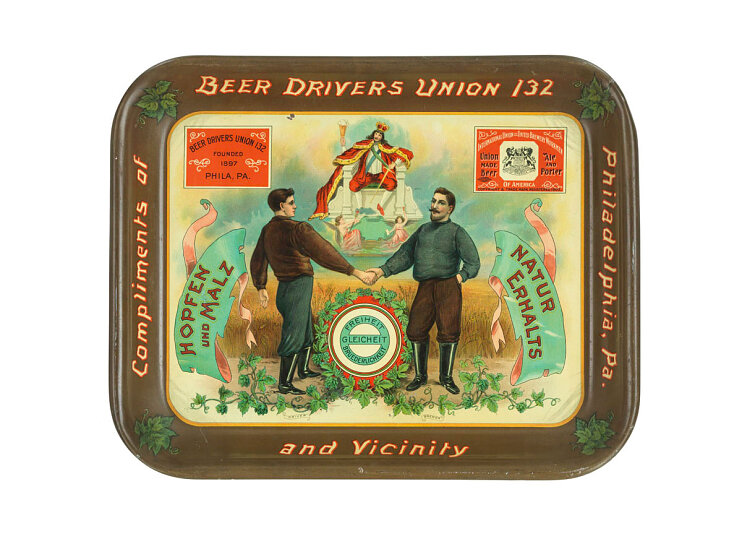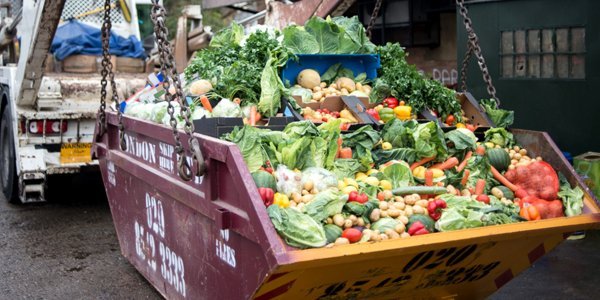Having a sugar-sweetened drink with a high-protein
meal may negatively affect energy balance, alter food preferences and cause the
body to store more fat, according to a study published in the open access
journal BMC Nutrition.
Dr Shanon Casperson, lead author of the study from
USDA-Agricultural Research Service Grand Forks Human Nutrition Research Center,
USA said: "We found that about a third of the additional calories provided
by the sugar-sweetened drinks were not expended, fat metabolism was reduced, and
it took less energy to metabolize the meals. This decreased metabolic
efficiency may 'prime' the body to store more fat."
The researchers found that the inclusion of a
sugar-sweetened drink decreased fat oxidation, which kick-starts the breakdown
of fat molecules, after a meal by 8%. If a sugar-sweetened drink was consumed
with a 15% protein meal, fat oxidation decreased by 7.2g on average. If a
sugar-sweetened drink was consumed with a 30% protein meal, fat oxidation
decreased by 12.6g on average. While having a sugar-sweetened drink increased
the amount of energy used to metabolise the meal, the increased expenditure did
not even out the consumption of additional calories from the drink.
Dr. Casperson said: "We were surprised by the
impact that the sugar-sweetened drinks had on metabolism when they were paired
with higher-protein meals. This combination also increased study subjects'
desire to eat savory and salty foods for four hours after eating."
The researchers recruited 27 healthy-weight adults (13
male, 14 female), who were on average 23 years old. Participants made two
24-hour study visits, receiving two 15% protein meals (breakfast and lunch)
after an overnight fast on one visit and two 30% protein meals after an
overnight fast on the other visit. The increase in protein was counterbalanced
by a decrease in carbohydrates. All meals were composed of the same foods and
they provided 17g of fat and 500 kcals. Participants consumed a sugar-sweetened
drink with one of the meals and a non-sugar sweetened drink with the other
meal.
The researchers used a room calorimeter, a 25m3
furnished chamber that measures movement, oxygen, carbon dioxide, temperature
and pressure, to assess how dietary changes affected energy expenditure and the
way nutrients were processed by the body. By having study participants stay in
a room calorimeter, researchers can determine how many grams of carbohydrate,
protein and fat they are using and how many calories they are burning every
minute. Study participants stayed inside the room for the duration of each
study visit.
Dr. Casperson said: "Our findings suggest that
having a sugar-sweetened drink with a meal impacts both sides of the energy
balance equation. On the intake side, the additional energy from the drink did
not make people feel more sated. On the expenditure side, the additional
calories were not expended and fat oxidation was reduced. The results provide
further insight into the potential role of sugar-sweetened drinks -- the
largest single source of sugar in the American diet -- in weight gain and
obesity."
Dietary changes were measured only for a short time
and caution must be used when extrapolating the study data to dietary changes
over longer periods of time. As this study was in healthy-weight adults only, the
authors also caution that overweight individuals may respond differently to
dietary changes.












